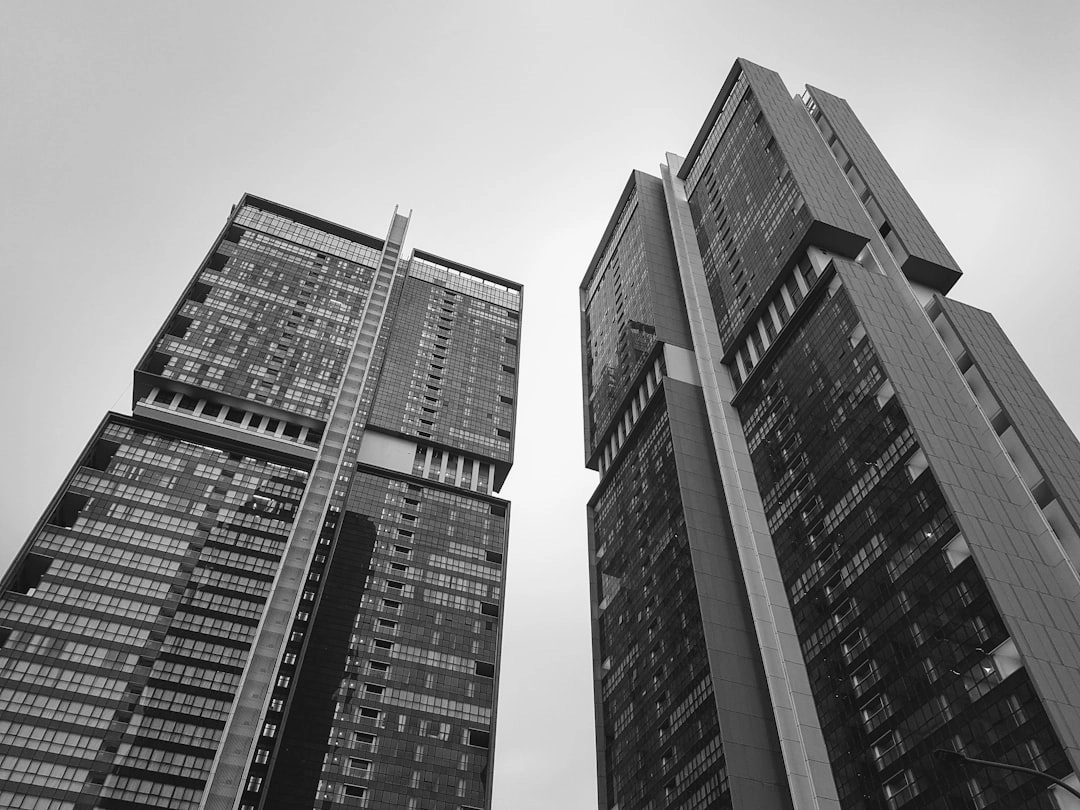
What it is:
The yacht building industry is undergoing a pivotal transformation as environmental concerns take center stage. Sustainable techniques in yacht building focus on reducing the ecological footprint of these luxurious vessels while maintaining performance and design. This involves the use of eco-friendly materials, energy-efficient manufacturing processes, and innovative technologies that enhance sustainability throughout the yacht’s lifecycle.
Key Innovations in Sustainable Yacht Building
Modern yacht builders are increasingly incorporating renewable resources like recycled aluminum, sustainably sourced wood, and composite materials derived from natural fibers. Additionally, advancements in design have introduced features such as solar panels and wind turbines to power onboard systems, minimizing reliance on fossil fuels.
The Role of Design and Technology
Computer-aided design (CAD) and digital prototyping have revolutionized the yacht building process, allowing for more precise engineering that enhances efficiency and reduces waste. These technologies allow designers to optimize weight and aerodynamics, improving fuel efficiency while reducing greenhouse gas emissions.
Real-world problems
Despite the advancements in sustainable yacht building, several real-world problems persist. One major issue is the high cost associated with sourcing sustainable materials and implementing innovative technologies, which can make sustainably built yachts prohibitively expensive for many consumers.
Environmental Impact of Traditional Yachts
Traditional yacht construction often involves materials and processes that have a significant environmental impact, including deforestation, carbon emissions from manufacturing, and the use of toxic substances in paints and finishes. Addressing these challenges requires a concerted effort from the industry to shift towards more sustainable practices.
Market Demand and Consumer Awareness
While there is growing interest in sustainable yachts, awareness among consumers remains inconsistent. Many potential yacht owners may prioritize luxury and performance over eco-friendliness, highlighting a need for education about the benefits of sustainability in yacht building.
Regulatory and Certification Challenges
The lack of standardized regulations and certifications for sustainable yacht building can also pose challenges. Without clear guidelines, manufacturers may face difficulties in demonstrating their commitment to sustainability, potentially leading to greenwashing in the industry.

Solutions to Sustainable Yacht Building Challenges
Addressing the challenges associated with sustainable yacht building requires a multifaceted approach. By implementing innovative solutions and fostering a culture of sustainability within the industry, the yacht building sector can significantly reduce its environmental impact while meeting consumer expectations.
Enhancing Material Sourcing
One of the primary solutions is to prioritize the use of sustainable materials. By establishing partnerships with suppliers who provide recycled or sustainably sourced resources, yacht builders can reduce their ecological footprint and appeal to environmentally conscious consumers. Transparency in material sourcing will also build trust with consumers.
Reducing Costs Through Innovation
Investing in research and development of alternative materials and processes can help lower costs in the long run. As technology advances, new production methods may become more efficient and affordable, making sustainable yacht building accessible to a wider audience. Collaboration within the industry can also lead to shared resources and reduced overheads.
Consumer Education and Awareness
Raising awareness about the benefits of sustainable yachting is essential. This can be accomplished through marketing campaigns, community events, and partnerships with environmental organizations. Educating consumers about the long-term advantages of greener yachts—such as reduced operational costs and improved resale value—can cultivate a culture that prioritizes sustainability.
Establishing Regulatory Standards
Developing clear regulations and certifications for sustainable yacht building can provide a framework for manufacturers. These standards can help ensure accountability and distinguish truly sustainable practices from those that merely engage in greenwashing. Industry stakeholders should collaborate to create and promote these standards.
Encouraging Industry Collaboration
Fostering collaboration between yacht builders, designers, and environmental organizations can lead to innovative solutions that address sustainability challenges. Sharing best practices and engaging in joint initiatives can help propel the industry towards a more eco-friendly future.















